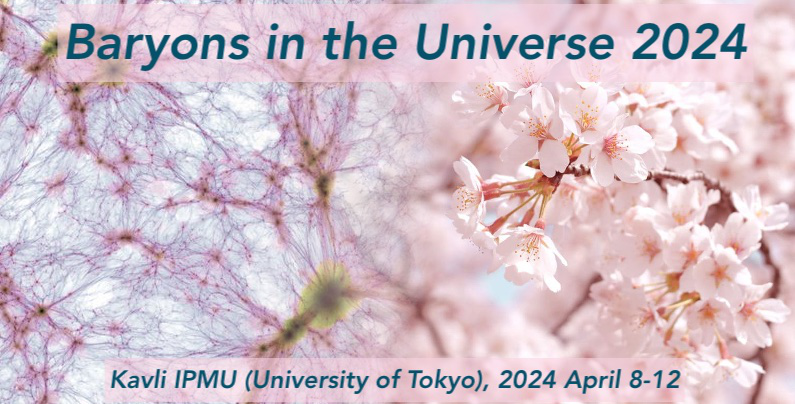Speaker
Description
We have developed a new physically motivated supervised machine-learning method, HYDRO-BAM, to reproduce the 3-dimensional Lya forest field in real and redshift space, which learns from a reference hydro simulation including the effects of star formation and feedback. Our new method saves about seven orders of magnitude in computing time, and is accurate up to k ~ 1 h/Mpc in the one- to three-point (bispectra) statistics of the reconstructed fields. Our results show that an accurate analysis of the Lya forest requires considering the complex baryonic thermodynamical large-scale structure relations, i.e, the hierarchical non-linear non-local bias between dark matter overdensity, total gas density, neutral hydrogen, and gas temperature. We then implement the findings from the aforementioned studies into the augmented non-local Fluctuating Gunn-Peterson Approximation which outperforms previous analytical methods to predict the Lya forest at the field level. Our method paves the path to establish the best setup for the construction of mocks probing the IGM in the statistical analysis of large forthcoming missions such as DESI, Euclid, J-PAS, PFS, and WEAVE.

